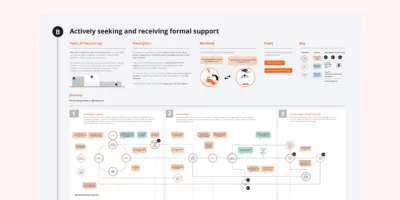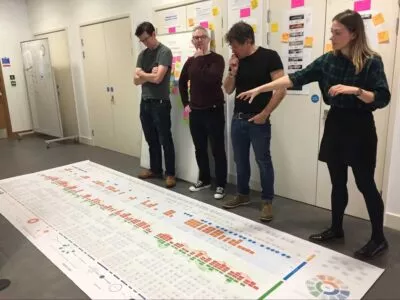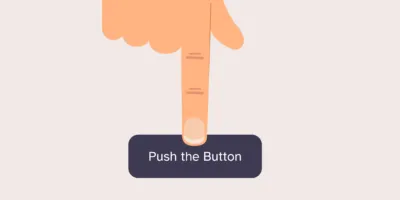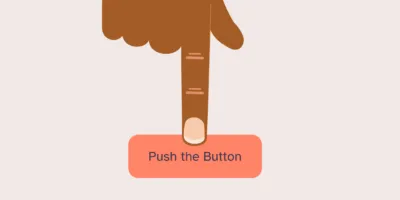23 Aug 2023
Understanding Customer Experience Maps

In an unsure market, customer experience mapping is a great way to dive into understanding the customer by identifying pain points and uncovering opportunities. So what is customer experience mapping? And how can it help your business?
-
Stuart Tayler
Practice Director
Stuart Tayler
It’s not surprising that the Customer Experience Strategy Forum’s recent report found that 64% of senior decision makers are planning to increase spend on customer experience mapping.
The what, why and how of experience maps
The what
A customer experience map is a tool that helps organisations to understand the experience a customer has with their product or service.
They aren’t new. We’ve been using customer experience maps with our clients regularly over the past decade for organisations such as AXA, Hertz and Hargreaves Lansdown. We weren’t surprised to see them featured so prominently in decision-makers plans in this recent report though. Customer Experience Maps are a fantastic way to pinpoint specific customer challenges or obstacles and take action to address them.
The why
Customer Experience Maps enable organisations to understand the bigger picture. By this we mean, the end-to-end customer experience – the steps they go through, right from when they first become aware of your product or service, through to leaving it.
It helps organisations understand how they perform those steps. Are they speaking to family and friends? Are they using other websites? And how are they interacting with your website, customer services, physical spaces and more.
Services are often not designed as an end-to-end experience. Instead, they emerge, as a result from all the different decisions made by lots of different people across different teams over different periods of time. And so this bigger-picture view can be revelatory for leaders. Once they know the situation, they can start to take control and improve it.
Customer Experience Maps will:
- Identify pain points and bottlenecks for your customers. Knowing these will help you to eliminate friction points and streamline your processes
- Reveal areas for improvement and innovation
- Provide the input you need to build a customer-centred roadmap of work
- As a result of all that, you’ll improve your customer’s experience and increase customer satisfaction and loyalty
Importantly, by showing how customers think, feel and behave at each stage of their journey, you’ll have a powerful way to prioritise your roadmap in line with what’s important to the business and customers.
The experience map was phenomenal. It’s still useful two years on. Any new project we tackle, it’s like we’ve got a fly on the wall of the customer.
The how
The foundation for effective customer experience maps is in-depth qualitative research with existing and potential customers.
We speak to customers about their experience and observe them in action. We then analyse the data.
We identify: the objectives people have (e.g. understanding how much I can borrow for a mortgage); what people do to achieve them (e.g. using a provider’s mortgage calculator); and their feelings, whether negative and positive.
Then we order the objectives and behaviours over time, and group them into stages.
That’s the core of an experience map. From there, we layer on more data. We can divide behaviours by channel (web, app, phone etc), include what your organisation is doing to address each objective, list future plans and ideas, what competitors are doing, and data from customer services and web analytics.
Knowing what data to add in comes down to understanding what exactly you want to achieve with the map.

Getting started
Have you been thinking the time is right to power up your customer’s experience? Or maybe it’s time to look at who your next customer might be? An experience map will give you the foundation you need to guide a successful customer experience strategy.
Customer experiences evolve, so even if you have previously mapped out your customer experience, make sure you regularly monitor and update it – gather new data, analyse feedback, and refine your strategy accordingly.
Remember, the goal of customer experience mapping is to improve the overall journey for your customers. It’s an ongoing process that requires continuous monitoring, adjustment, and innovation to meet changing customer needs and expectations.
We’ve created experience maps for Cigna, HCA, British Council, Co-Op Bank, Bristol UWE, Euroconsumers and Nandos, among others. Get in touch to get yours started today.










